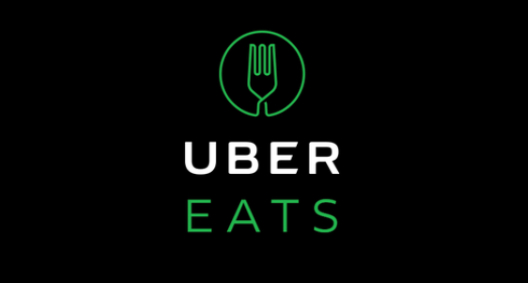The technology transportation company Uber has already disrupted the taxi and transportation industry. Previously, taxis could charge pretty much whatever they wanted, provide bad customer service, and still operate a profitable business. That was until companies like Uber and Lyft entered the space, bringing in not only price competition but usually faster and better service. Now, Uber has its sight set on disrupting home food delivery the same way they did transportation.

If you’re not familiar with the Uber, here’s how the platform works. An Uber customer will download and app to their phone and create a profile that is connected to the credit card. When the customer is in need of a ride, they are able to open the app and see a map of drivers operating in their area. Then they schedule a ride pickup though the app. Payments are made within the Uber-app to the drivers after they’ve successfully completed a trip. The food delivery service called UberEats works much the same way.
Uber users can select the EAT button located in the upper right hand part of their app to switch over to UberEats if they want food delivery instead of a ride. Although UberEats was technically rolled out in 2014 it is still a fairly new product and not yet available in all cities yet. Similar to the ride-sharing service Uber, it will likely become available across all major metro areas in the United States within the next 12 – 18 months. Click here to find out if UberEats is currently available in your city.
How Much Do UberEats Driver’s Make?
Drivers for UberEats get paid $3 per delivery and make between $10 – $20 per hour. This does not include cash tips that are offered to the drivers that could substantially increase the hourly wage. You must be at least 19-years of age to drive for Uber, have a valid drivers license, a clean driving record, and own a vehicle with the model year 1996 or newer. You’ll need a much newer car if you want to drive for other ride-sharing apps so this is a good opportunity to individuals that wanted to earn extra income, but weren’t able to due to the age of their vehicle. Learn more about the requirements for UberEats drivers here.
How Your Food Truck Can Be Eligible for UberEats Delivery
If you already own a food truck, right now could be a great time to enroll in UberEats for your food truck. If you’re interesting in getting registered for your food truck or restaurant you can complete the interest form. We believe the time is right to get enrolled in this food delivery service if it’s available in your area. Since this technology and service is so new you have the opportunity to be one of the first 10 food trucks within your city available on the app. Since it will take awhile for other food truck owners to get involved in the service, you could be developing a customer base through UberEats months or even years ahead of your competitors. Here are a few other smart reasons to join:
Increased Revenue: UberEats estimates that the average restaurant is able to generate an additional $6,400 in sales per month that use their app. That adds up to about $75,000 in additional sales per year. While there are a lot of unique factors that will go into how much money you’re food truck is able to generate through the app, the potential revenue number is not insignificant.
Advertising: Paying for traditional advertising in local newspapers or television is not only expensive, but it can be almost impossible to measure how well it’s working. By joining a platform like UberEats you are essentially getting free advertising in front of the local users of the app.
Not a Coupon: One of the big complaints of technology based promotions for restaurants and food trucks in recent years is that it is all discount or coupon based like Groupon. Many restaurant owners have found that marketing on these websites or using coupons does not attract the type of customer they’re looking for. The nice thing about UberEats is that it is not designed to attract customers that are only looking for deals and not interested in paying full price for their meal. This offers restaurants a better marketing option than was previously available.
